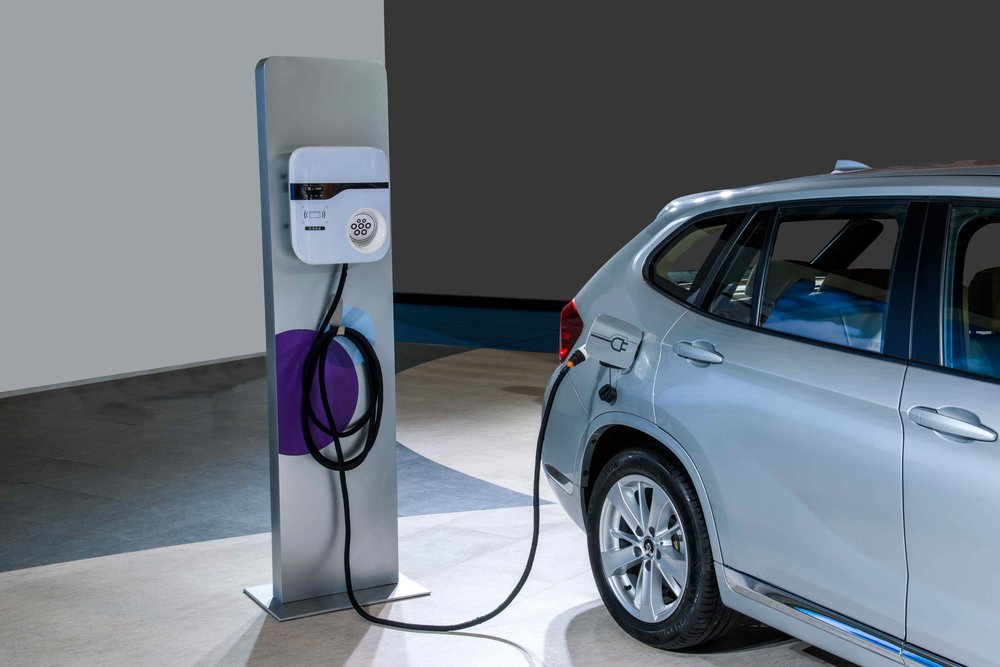
Electric vehicles are becoming more common on Canadian roads, partly thanks to reduced purchase prices. But their increasing prevalence is bringing new challenges, particularly in terms of collision repairs, according to Mitchell.
The technology and information provider for the property and casualty claims and collision repair industries found a notable increase in the total loss frequency for EVs in its Q1 2024 trends report, Plugged-In: EV Collision Insights.
In Canada, the total loss rate for EVs reached 7.48 per cent in the first quarter of 2024. That’s an 8 per cent increase from Q4 2023 and a 30 per cent increase from Q3 2023. This comes even as the total loss frequency for EVs remained comparable to that of 2021 and newer internal combustion engine (ICE) vehicles, which ended the quarter with a total loss rate of 7.44 per cent.
“Slowing new sales, manufacturer price reductions and changing consumer sentiment are impacting the value of used EVs,” explained Ryan Mandell, Mitchell’s director of claims performance, explained the trends. “As a result, the total loss frequency for collision-damaged EVs is increasing. However, it is also increasing for new gasoline-powered vehicles, which are comparable to EVs in terms of their complexity and cost to repair.”
The report also underscored the challenges faced by repair shops dealing with EVs. The average number of mechanical labour hours required for repairable EVs was nearly double that of ICE vehicles, with EVs requiring 3.04 hours compared to 1.66 hours for ICE vehicles. This substantial difference contributes to higher repair costs for EVs, Mitchell reported.
Moreover, although average claims severity decreased in Q1, the cost remains significantly higher for EVs compared to ICE vehicles. In Canada, the severity difference was $1,700 CAD, or 33 per cent, with EVs averaging CAD$6,810 versus CAD$5,110 for ICE vehicles. This trend is echoed in the United States, where the severity difference was $1,363, or 29 per cent, with EVs averaging $6,066 versus $4,703 for ICE vehicles.
Claims frequency for EVs is also on the rise — in Canada, it grew to 3.41 per cent in Q1 2024, a 38 per cent increase compared to Q1 2023. In the U.S., the claims frequency reached 2.26 per cent, representing a 40 per cent increase over the same period.
Parts utilization and repair practices further illustrate the challenges of EV collision repairs. Without a robust inventory of aftermarket and recycled parts, EV collision repairs are more likely to involve OEM parts — with 89.29 per cent of EV repairs said they use OEM parts compared to 65.14 per cent for ICE vehicles. Additionally, EV parts, which are often designed to be lighter to offset the heavier battery, are more challenging to repair. In Q1, 13 per cent of EV parts were repaired versus replaced; in ICE vehicles, it was 15 per cent.





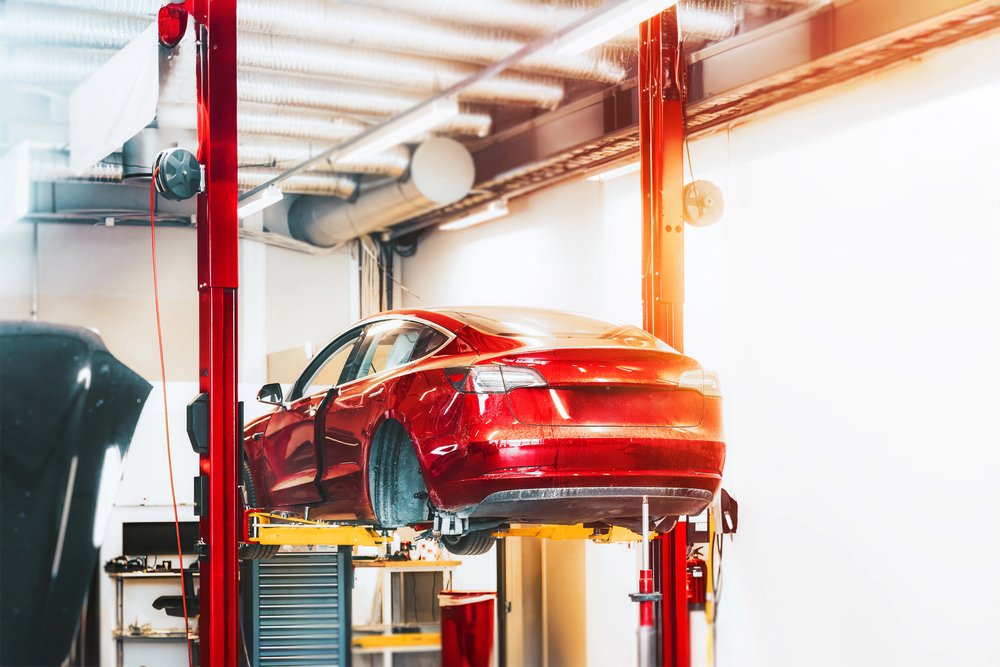
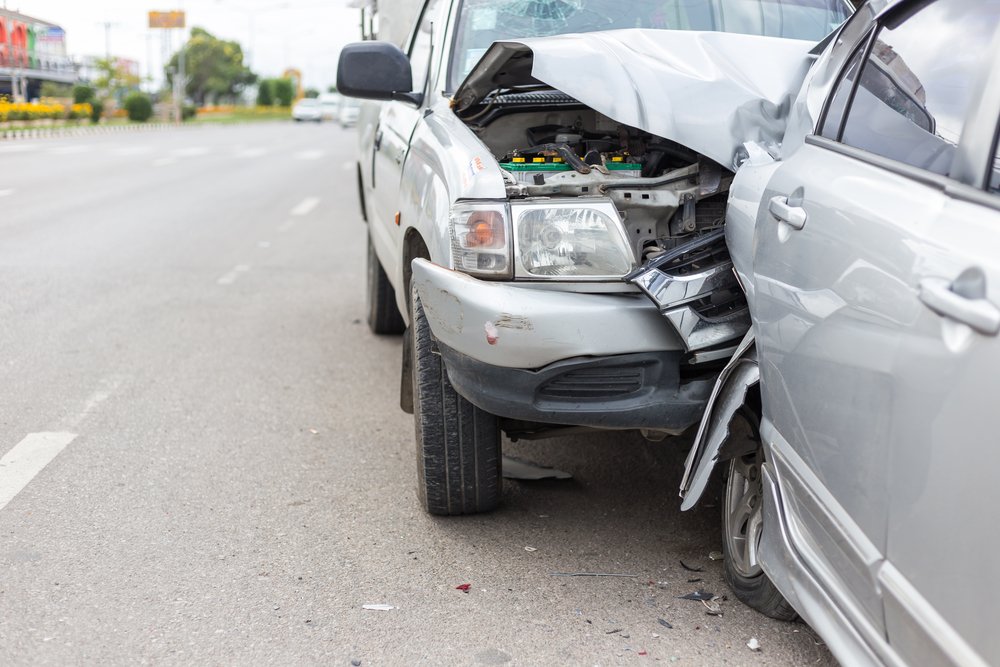
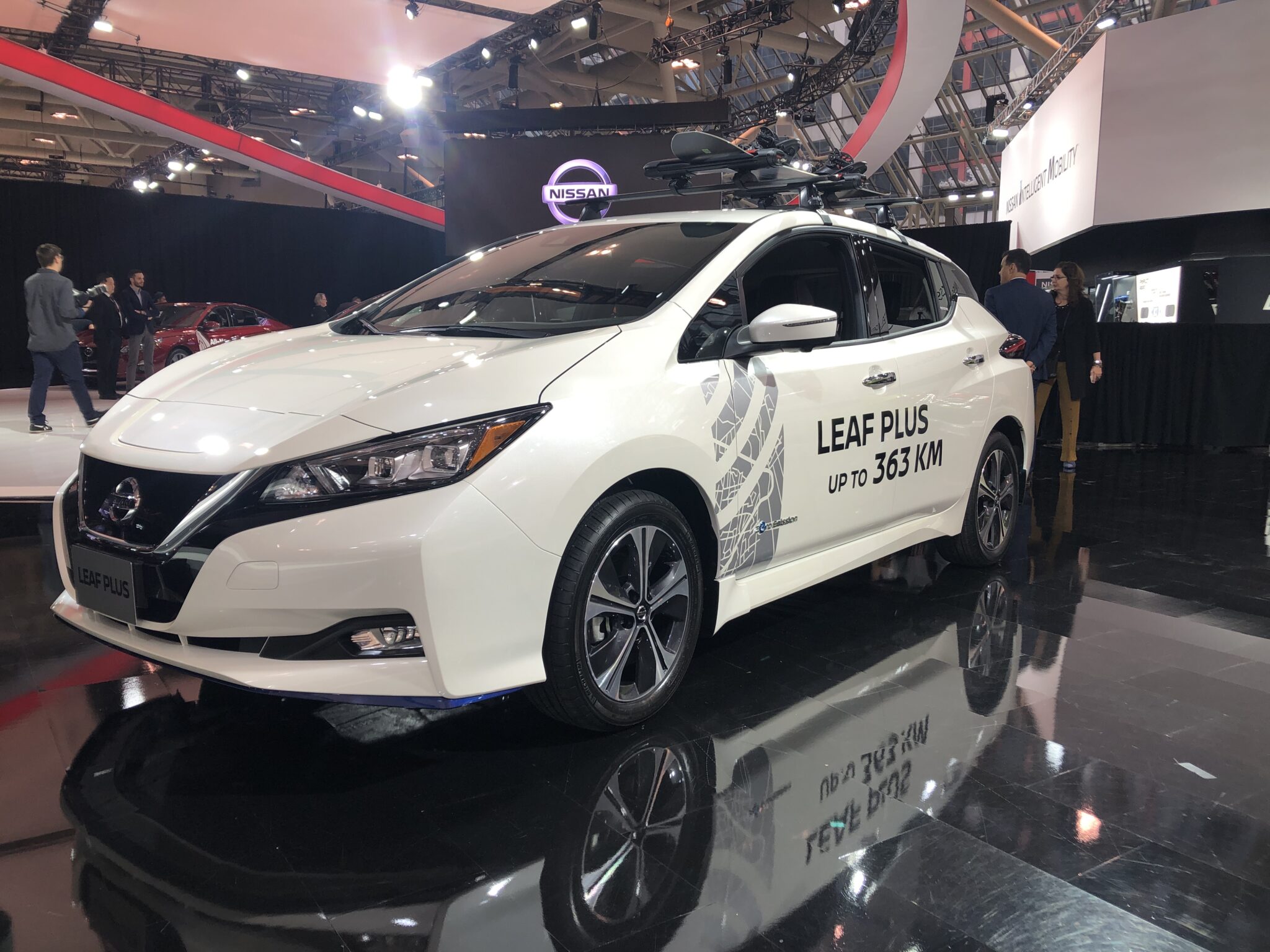

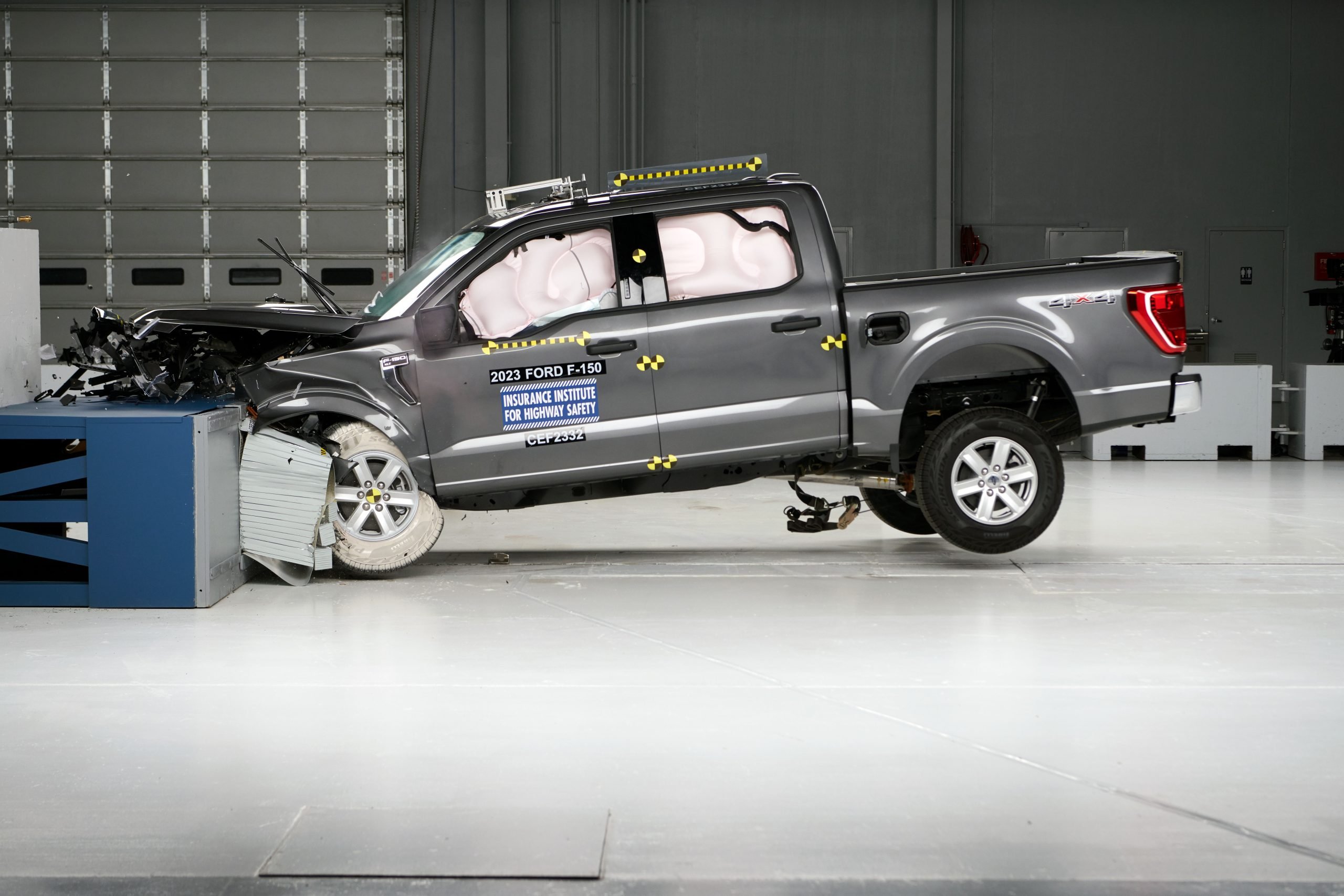
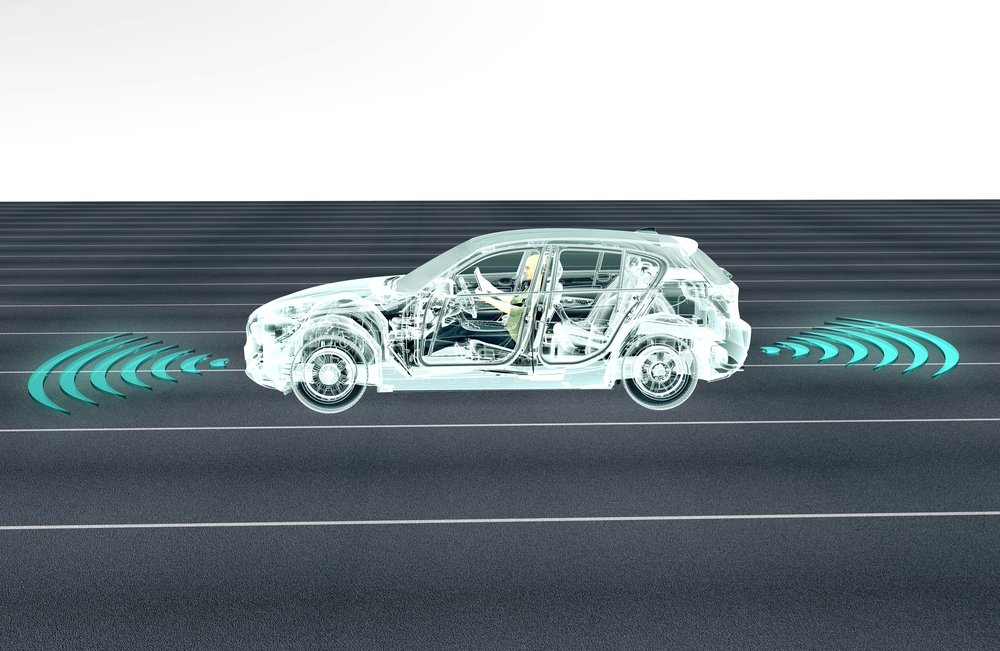
Leave a Reply